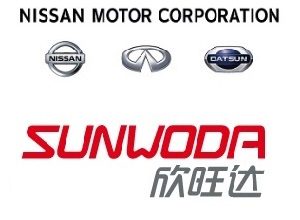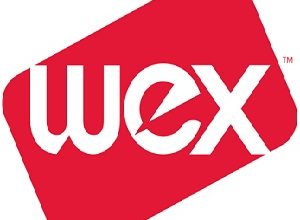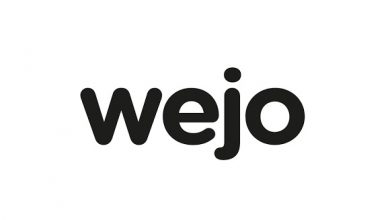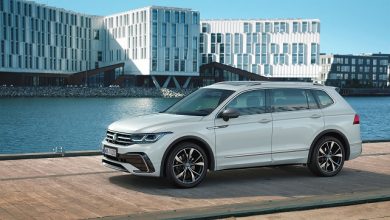Panasonic and Arm to standardise automotive architecture
Panasonic Automotive Systems Co., Ltd. (PAS) and Arm today announced a strategic partnership aimed at standardizing automotive architecture for Software-Defined Vehicles (SDVs).

Press Release, 11 November 2024
Panasonic Automotive Systems Co., Ltd. (PAS) and Arm announced on 8th November’24, a strategic partnership aimed at standardizing automotive architecture for Software-Defined Vehicles (SDVs). The two organizations share a common vision for creating a software stack with the flexibility to meet the current and future needs for automotive and have aligned on this through their active participation in SOAFEE*1, an industry-wide initiative that is driving greater collaboration in standardized software development across the automotive market. This new partnership will see PAS and Arm adopt and extend the device virtualization framework VirtIO to decouple automotive software development from hardware and accelerate automotive industry development cycles.
The automotive industry increasingly consolidated Electronic Control Units (ECUs) into a single powerful ECU such as Cockpit Domain Controller (CDC) or High-Performance Computer (HPC). This has made hypervisors and advanced chipsets more important than ever. However, many automakers and tier-1 suppliers are challenged by vendor-specific proprietary interfaces, which leads to increased costs and delivery time when transitioning from one vendor solution to another.
PAS and Arm recognize the need to shift from a hardware-centric to a software-first development model to address these challenges. By standardizing the interfaces between automaker and tier-1 supplier software stacks and the underlying hypervisors and chipsets these run on, it is easier for automotive partners to adopt the latest generations of technology optimized for their needs and use cases.
This new partnership will involve several key initiatives:
- Utilizing VirtIO-based Unified HMI to standardize zonal architecture
PAS and Arm are leveraging VirtIO not only for virtualizing devices connected to the central ECU like CDC/HPC, but also for remote devices linked to zonal ECUs. The two organizations have demonstrated a groundbreaking proof-of-concept using PAS’s open-source remote GPU technology, Unified HMI, to implement a Display Zonal Architecture built on Arm. This architecture distributes GPU loads from the central ECU to multiple zonal ECUs, reducing heat generation and harness weight without altering applications running on the central ECU. The flexible partitioning in the Mali™-G78AE GPU of Zonal ECUs allocates dedicated hardware resources to different workloads, enabling deterministic graphics performance in a Display Zonal Architecture. PAS and Arm are collaborating to provide a SOAFEE Blueprint and reference implementation of this work, aiming to standardize emerging zonal architectures in the automotive industry. - Ensuring environmental parity from cloud to car
PAS’s vSkipGen™ operates on Arm® Neoverse™-based cloud servers. By maintaining the same Arm CPU architecture and VirtIO device virtualization framework, this initiative will ensure full environmental parity between cloud virtual hardware and automotive hardware. PAS and Arm will collaborate to implement VirtIO in virtual hardware, further bridging the gap between virtual and physical automotive systems. - Expanding VirtIO Standardization
Currently focused on cockpit use cases like Android Automotive™ and Automotive Grade Linux™, PAS and Arm aim to broaden the VirtIO standards to encompass more automotive applications. This includes standardizing interfaces for Real-Time Operating Systems (RTOS) to decouple Advanced Driver Assistance Systems (ADAS) software from hardware dependencies.
Masashige Mizuyama, Executive Vice President and Chief Technology Officer of PAS stated “Our partnership with Arm aims to promote the standardization of VirtIO and bring this industry reference standard to the next level. By combining the expertise and industry leadership of our organizations, we are confident that this collaboration will unlock software potential and serve as a crucial foundation for building the future of automotive technology towards SDV.”
Dipti Vachani, senior vice president and general manager, Automotive Line of Business at Arm, commented “SDVs continue to be one of the most exciting opportunities for automakers today, but realizing this vision demands innovative approaches that allow software developers to begin their work before physical silicon is available. Our partnership with PAS stems from both organizations’ active participation in SOAFEE, and builds on a shared goal to reduce fragmentation in the industry through standardization, which will ultimately accelerate automotive development cycles for our partners.”





